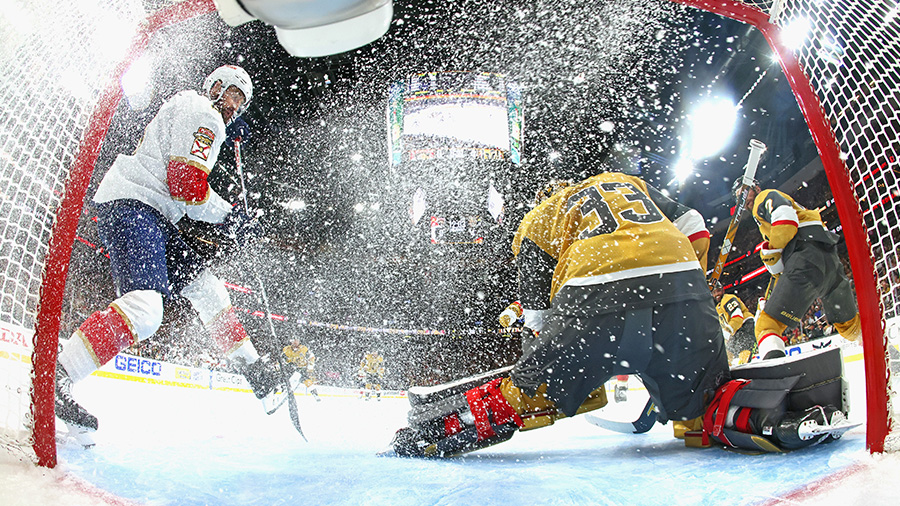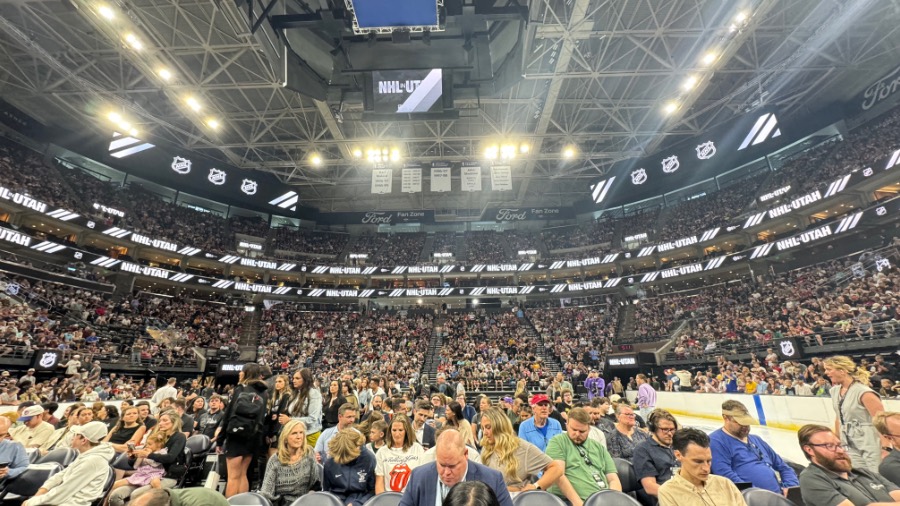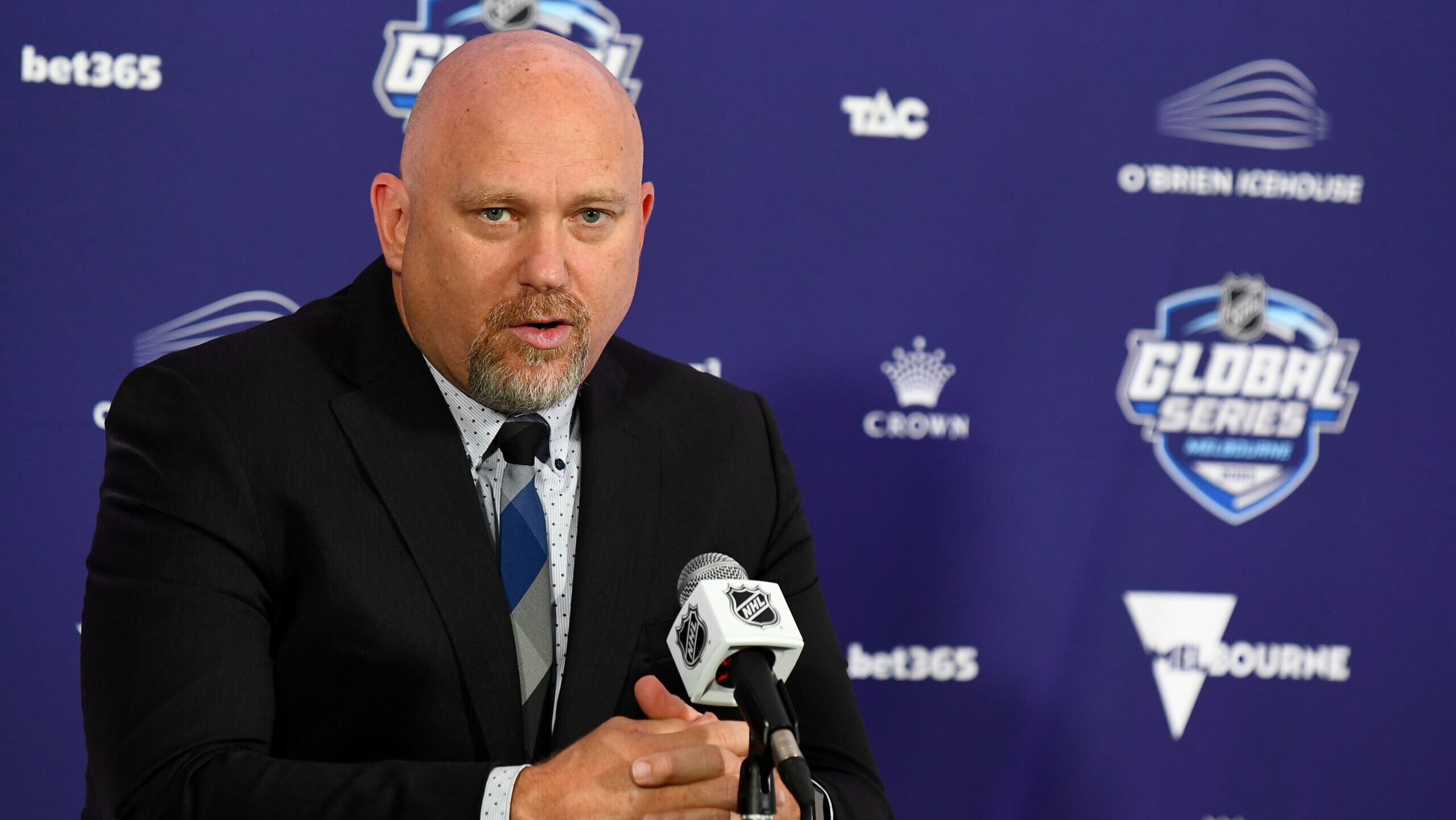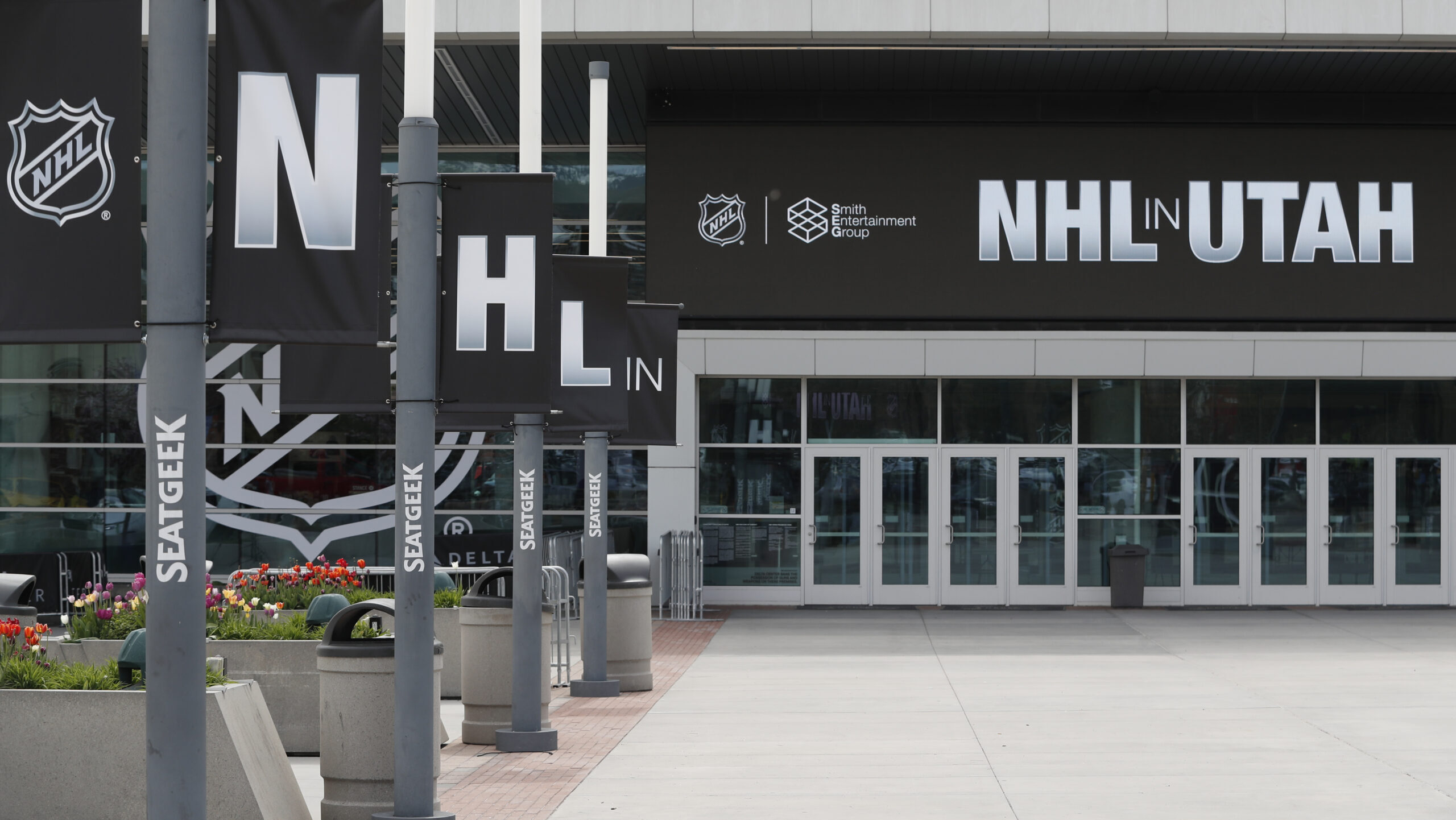With The Stanley Cup Final In Hot Florida And Vegas, Extra Care Is Taken To Keep The Ice In Shape
Jun 7, 2023, 10:00 AM

LAS VEGAS, NEVADA - JUNE 05: Adin Hill #33 of the Vegas Golden Knights defends the net against the Florida Panthers in Game Two of the 2023 NHL Stanley Cup Final at T-Mobile Arena on June 05, 2023 in Las Vegas, Nevada. (Photo by Bruce Bennett/Getty Images)
(Photo by Bruce Bennett/Getty Images)
SUNRISE, Fla. (AP) — Throwing on a tank top and shorts to keep cool during the sizzling summer months tends to make a lot of sense in Las Vegas and South Florida.
Keeping an 85-by-200-foot sheet of ice intact in sweltering conditions during the Stanley Cup Final is a bit more complicated.
Ice maintenance is generally the same across the league, from Edmonton (the northernmost NHL city) to Sunrise, home of the Florida Panthers and the NHL’s southernmost outpost. Technicians work hard to make sure the ice — it is only 1.25 to 1.5 inches thick at most rinks — is the right temperature and consistency so that the puck slides smoothly and the players can safely do what they do at high speed.
The Golden Knights take a 2-0 lead in the Stanley Cup Final ⚔️ pic.twitter.com/9MgDEuHYhf
— SportsCenter (@SportsCenter) June 6, 2023
With the final between the Vegas Golden Knights and Panthers taking place in two of the hottest markets in the country, making sure outside conditions don’t compromise the ice is an all-day process.
Complaints about “bad ice” is the last thing anyone wants.
“In Florida, you’ve got really warm temperatures outside. You take that into factor with the afternoon thunderstorms; You want to keep those outside elements to the outside,” said Derek King, the NHL’s senior director of facility and hockey operations.
The Heat and Panthers are looking to become the first teams from the same metro area to win the Stanley Cup Final and NBA Finals in the same season 🏆 pic.twitter.com/szbJ46VIr5
— SportsCenter (@SportsCenter) May 30, 2023
Player opinions on ice quality vary widely and many have become more outspoken about the importance of a good surface. Eight years ago, a survey by the NHL Players Assocation listed Florida with the worst ice, according to the players, and Arizona has also carried that reputation. T-Mobile Arena in Las Vegas was ranked fifth among players’ choices for the best ice in the league, according to the most recent NHLPA player survey.
The Panthers will host the Golden Knights at FLA Live Arena on Thursday for Game 3 of the series, which Vegas leads 2-0.
An ice crew will arrive at 5 a.m. on game days to clean and smooth the ice using the Zamboni machines hourly until puck drop. Until then, they will also try to keep the 872,000-square-foot facility sealed like an airtight bag.
“We have different layers of closure from the external elements, all the way from our roll-up doors externally to the roll-up doors that are internal that go directly to the bowl,” said Rob Stevenson, the Panthers’ executive vice president of people and facilities. “And we really try to control for any sort of deliveries that are coming on a game day that require even opening up those roll-up doors at all.”
Temperatures in Las Vegas can reach the triple digits even before the official start of summer, while it will be in the mid-80s in the Miami area this week. But the biggest challenge to maintaining quality ice in Florida isn’t the heat; it’s the humidity.
“Being in Florida, as soon as you start introducing outside air, you’re introducing humidity in the building, which makes it incredibly difficult to maintain quality ice,″ Stevenson said. “Which then, you know, leads to direct impact on the field of play and the players.”
If the air in the rink is too humid, that can lead to fog. Add 19,000 people and the temperature will certainly rise and melting ice becomes a serious concern. The NHL requires team facilities to be between 60-64 degrees Fahrenheit (15-18 degrees Celsius) with 40% to 45% humidity.
To stay within those requirements, the Panthers use supplemental dehumidification systems, a process that became so costly that the team last summer installed four custom HVAC systems. Stevenson said there has been a dramatic increase in the crew’s ability to control the humidity and stay within league requirements.
“We said, OK, if we believe that we’re going to be a playoff contender for at least the next five years, then this makes sense to do based on the amount of money we’re going to save on that supplemental dehumidification,” Stevenson said, estimating those saving will reach “seven figures.”
With the building temperature starting around 58 degrees and 35% humidity for puck drop, the ice crew can go out and do its part during the game.
Crew members glide up and down the ice with synchronized skill as they shovel the surface’s accumulated snow away during stoppages. The rest of the efforts are taken care of by the Zamboni machine during intermissions before the process starts all over again.
“Now as a result, we also have some of the best ice conditions, I think, in the league,” Stevenson said.












